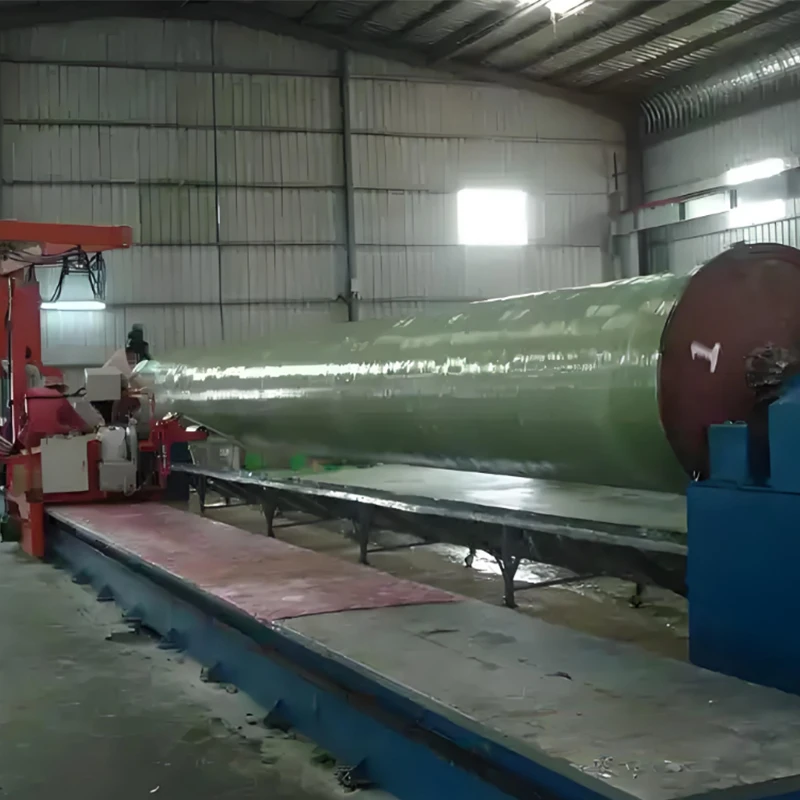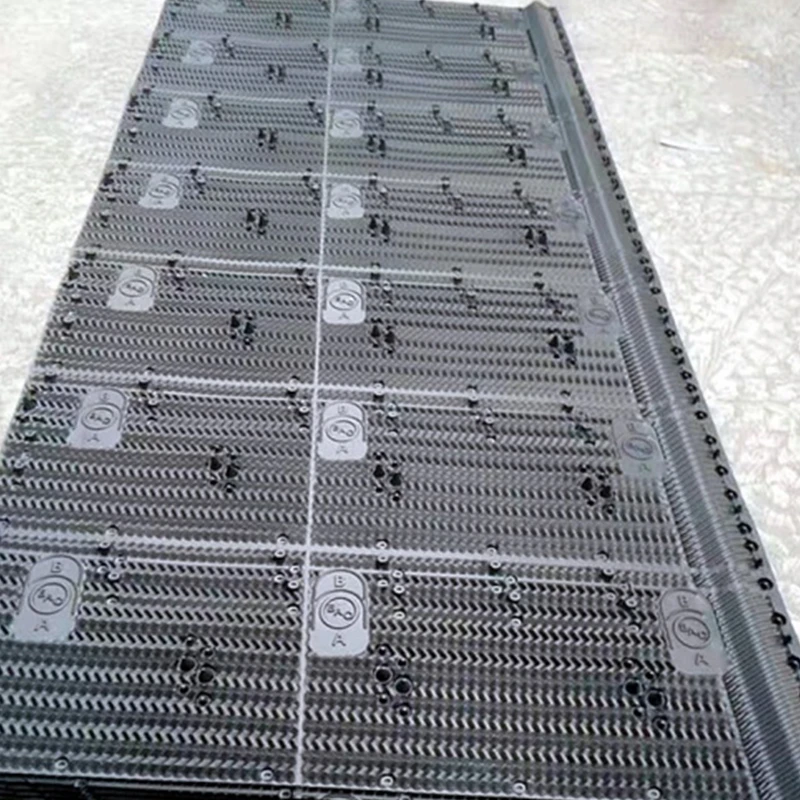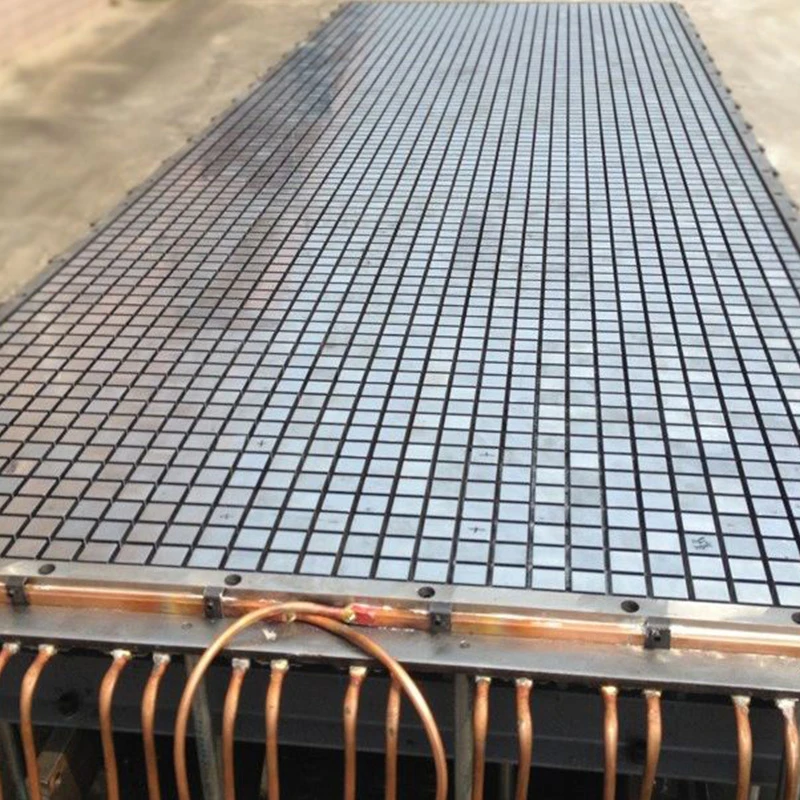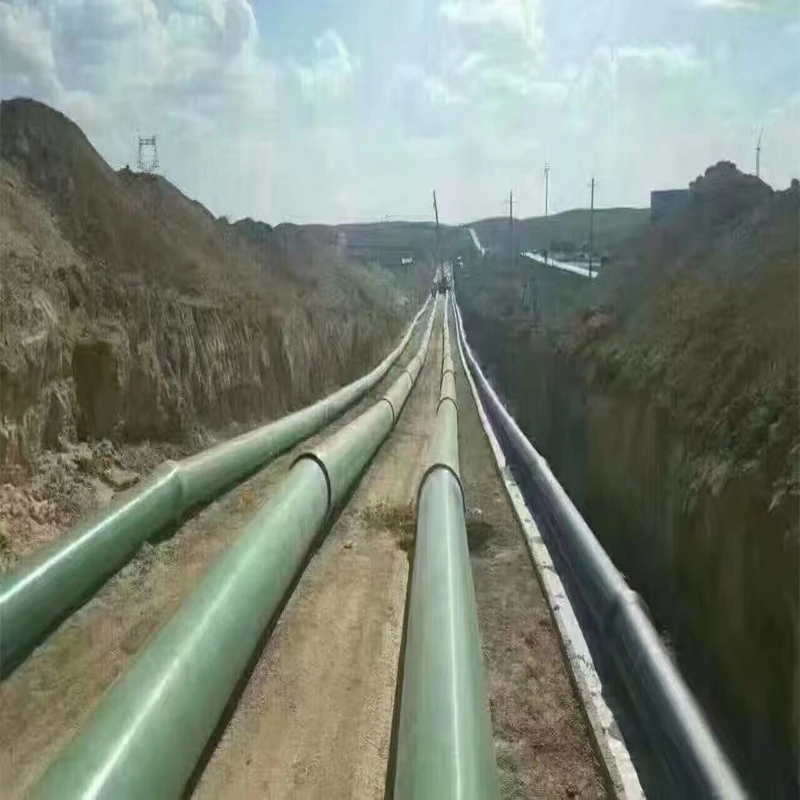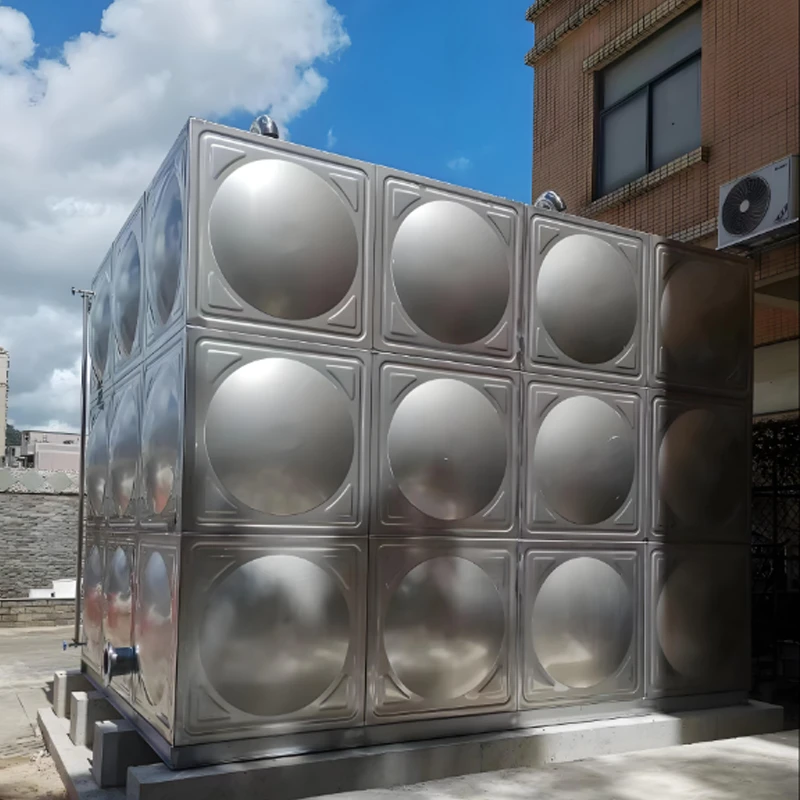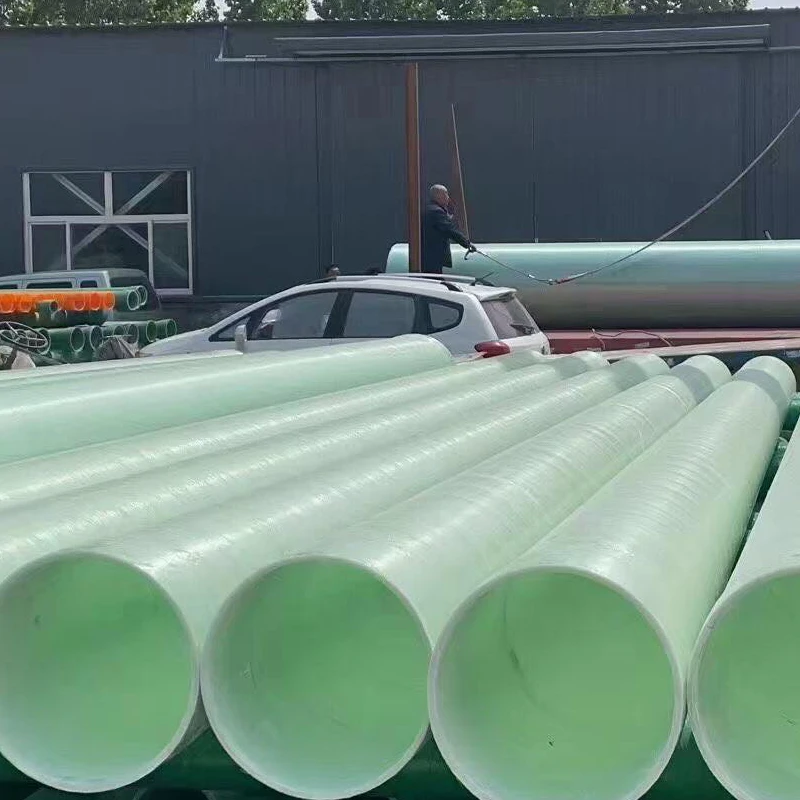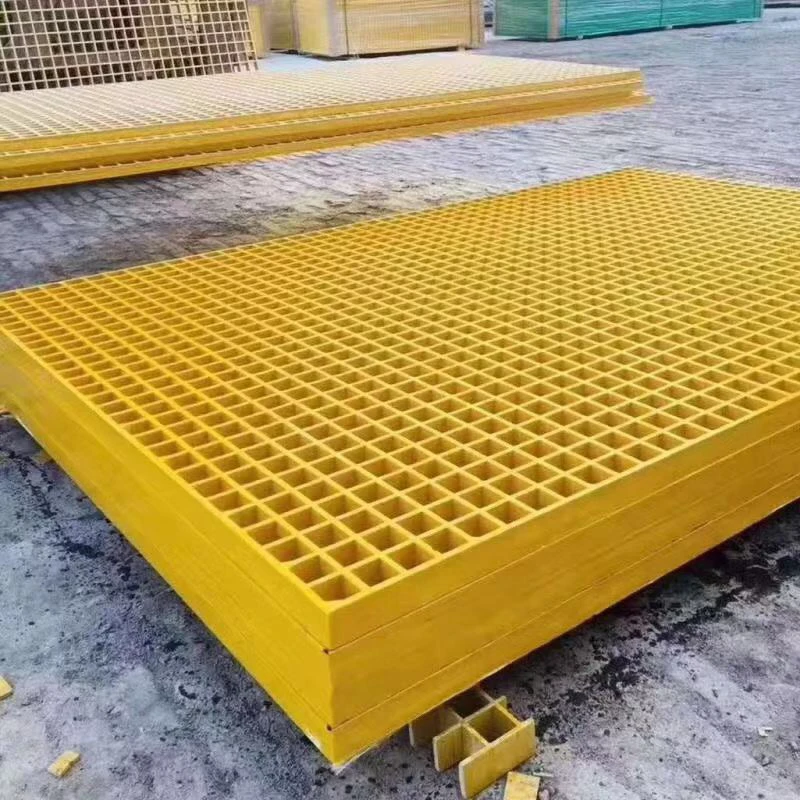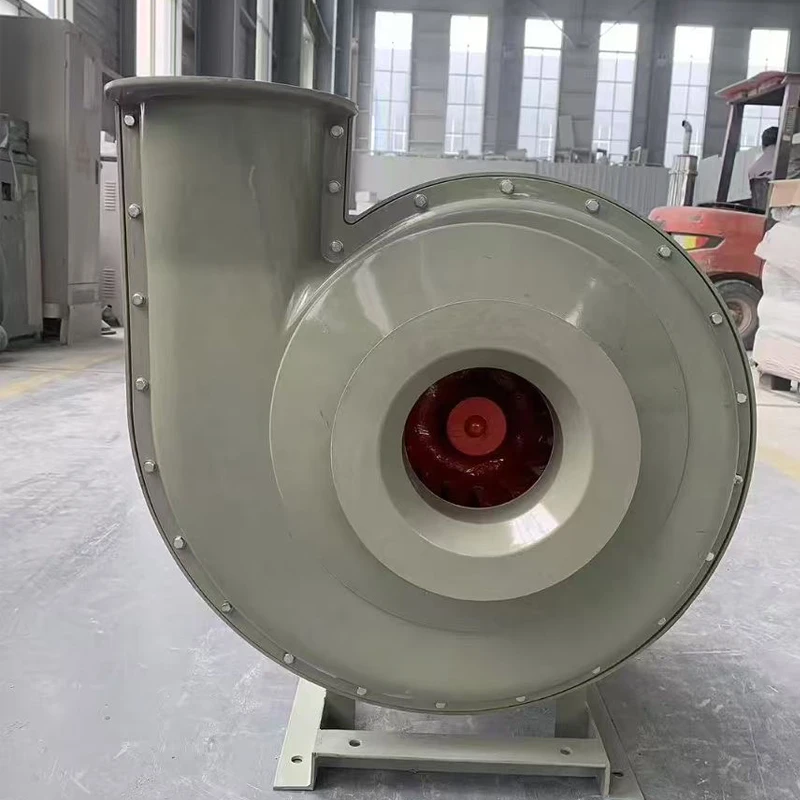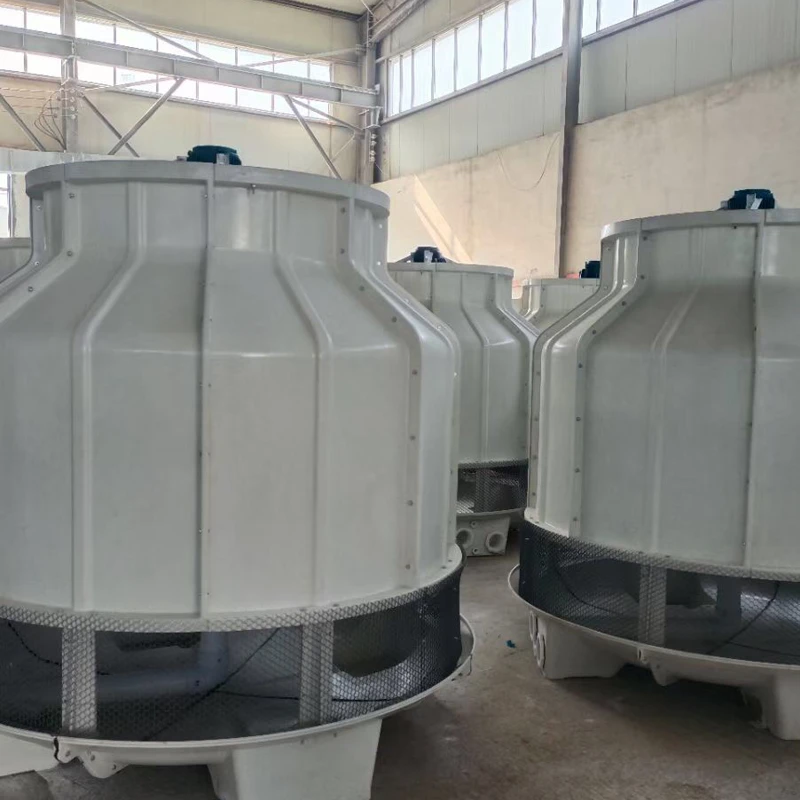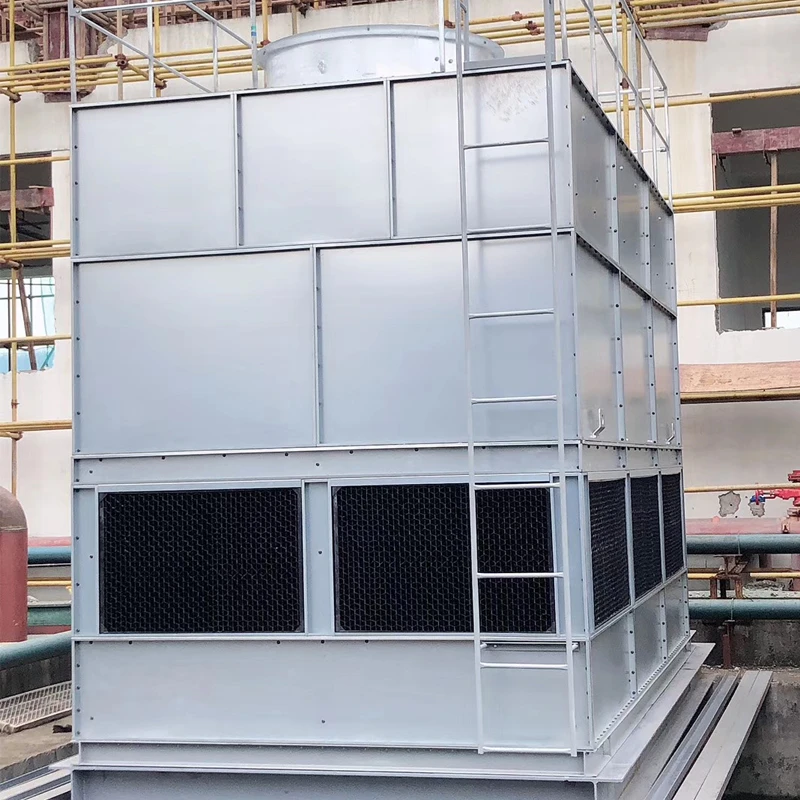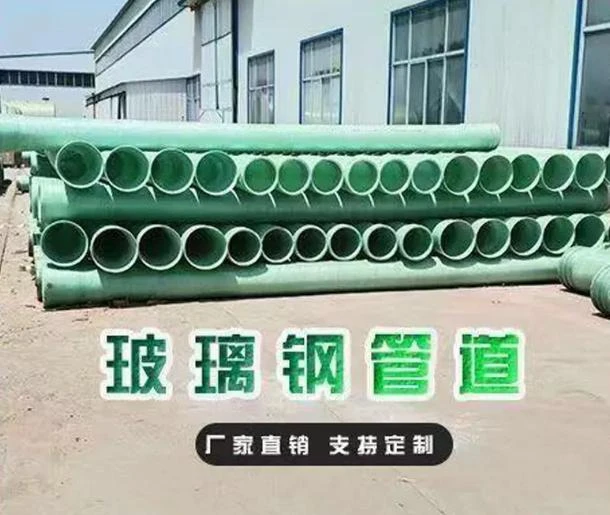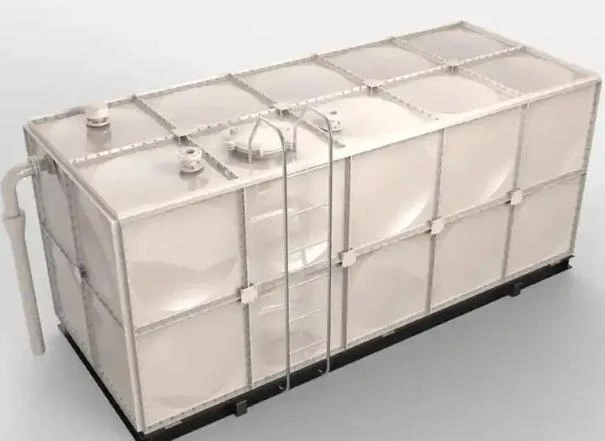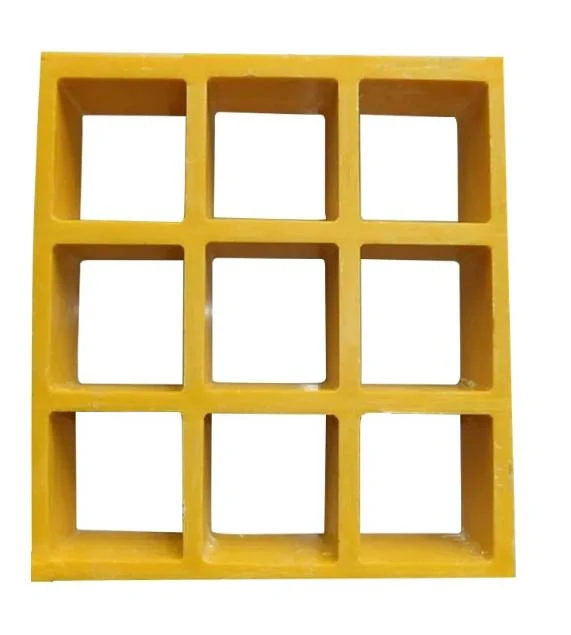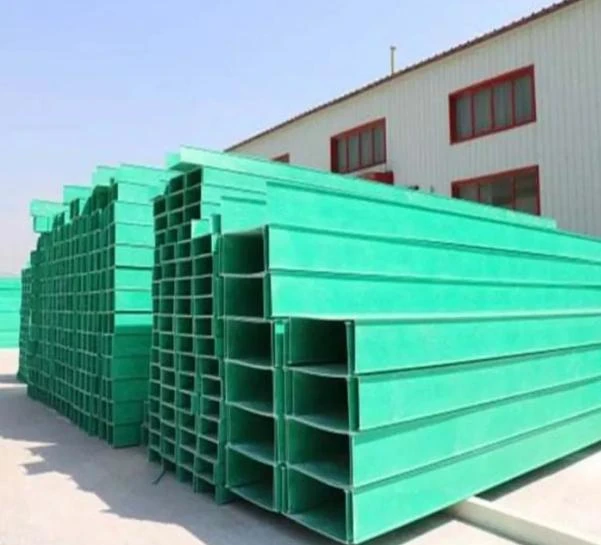

We Are Open 24 Hours a Day, 7 Days a Week, Including Weekends and Public Holidays.
- Introduction to FRP grating and its growing market relevance
- Key technical advantages and performance metrics of FRP grating
- Comparative supplier analysis with real-world cost data
- Factors influencing FRP grating cost per square foot
- Custom engineered FRP grating solutions
- Application case studies and quantitative results
- Conclusion and future outlook for FRP grating
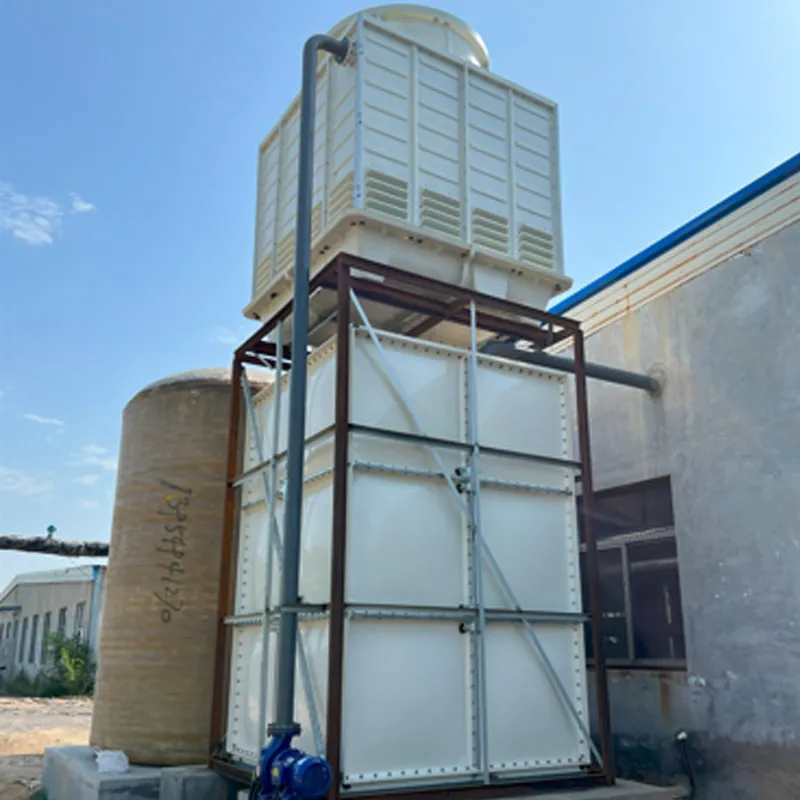
(frp grating)
Introduction to FRP Grating: Market Dynamics and Industrial Growth
Fiber Reinforced Plastic (FRP) grating has emerged as a transformative material solution for various industries, offering a unique blend of strength, durability, and resistance to environmental factors. As global industries pursue lighter, corrosion-resistant, and maintenance-efficient solutions, the demand for this material has grown exponentially. According to the Global FRP Grating Market report, the sector is projected to reach a market value of USD 653 million by 2027, growing at a compound annual rate (CAGR) of 5.6% from 2022. This surge is primarily driven by its adoption in sectors such as oil & gas, chemical processing, wastewater treatment, and marine applications. Importantly, as infrastructural investments increase globally, project engineers are weighing the FRP grating cost against traditional alternatives to maximize long-term value.
Technical Advantages and Performance Metrics
The compelling value proposition of FRP grating lies in its superior technical features. Traditional steel and aluminum gratings often succumb to corrosion, heavy weight, and periodic replacement cycles. In contrast, FRP grating offers impressive resistance to chemicals and UV exposure, as well as excellent strength-to-weight ratios.
- Corrosion Resistance: Laboratory tests confirm that FRP can withstand exposure to acids, alkalis, and salts, outperforming galvanized steel by up to 5x in corrosive atmospheres.
- Load Bearing Capacity: With a modulus of elasticity around 6,000,000 psi and flexural strength exceeding 30,000 psi, FRP panels maintain integrity under substantial loads without permanent deformation.
- Non-conductivity: The inherent non-conductive nature reduces risk in electrical and high-voltage environments.
- Low Maintenance: Lifecycle studies show up to 75% reduction in maintenance costs versus conventional steel grating over a 20-year period.
- Fire Retardancy: Special formulations can achieve ASTM E-84 Class 1 flame spread indices.
Comparative Analysis: FRP Grating Supplier and Cost Data
Selecting the appropriate FRP grating supplier is pivotal to ensuring consistent quality and reliable performance. Market research collected from leading suppliers gives insight into cost structures, product specifications, and value-added services. The table below contrasts offerings from five major global players based on standardized 1-inch thick, 4'x12' panel formats, delivered to major U.S. ports.
| Supplier | Country | Price per Square Foot (USD) | Standard Lead Time (weeks) | Certifications | Warranty (years) |
|---|---|---|---|---|---|
| Fibergrate | USA | 19.50 | 3-4 | ISO 9001, ASTM E-84 | 25 |
| Bedford Reinforced Plastics | USA | 18.30 | 2-3 | ASTM E-84, UL Listed | 20 |
| Strongwell | USA | 17.85 | 3-5 | ISO 9001, ASTM D635 | 25 |
| Sinofiberglass | China | 14.20 | 5-7 | SGS, ISO 9001 | 15 |
| Evergrate | China | 13.75 | 6-8 | ISO 9001 | 10 |
This comparison illustrates the spread in frp grating
cost per square foot and services, with domestic suppliers generally commanding higher prices justified by quality certifications, extended warranties, and reduced shipping times.
Factors Influencing FRP Grating Cost Per Square Foot
Understanding what governs the pricing of FRP grating enables buyers to optimize value through informed decisions. Price points are typically affected by:
- Raw Materials: Fiberglass content, resin type (vinyl ester, polyester, phenolic), and pultrusion additives contribute substantially to cost variability—premium resins for high-corrosion climates may elevate prices by as much as 28%.
- Panel Thickness & Size: Standard thicknesses range from 1" to 2"; larger mesh sizes and greater thickness proportionally increase material consumption and, thus, cost per square foot.
- Surface Finish: Anti-slip coatings and UV stabilization treatments represent minor incremental costs (usually less than 6%) but deliver major safety and product longevity improvements.
- Certifications & Customization: Products meeting international standards or tailored for specialized installations require additional engineering and testing, often adding 7-15% to the end price.
- Volume & Logistics: Bulk orders benefit from economies of scale, while shipment distance from the manufacturing facility impacts landed cost, especially with global suppliers.
Custom Engineered FRP Grating Solutions
Beyond off-the-shelf covers, custom engineered solutions enable project-specific optimization in industrial and architectural contexts. Design flexibility includes variables such as:
- Custom Geometry: FRP grating can be produced in complex shapes—circular, curved, trapezoidal—for tight spatial requirements or unique layouts in tanks, walkways, and trench covers.
- Load Rating Personalization: Application-tuned grating delivers certified performance for pedestrian, vehicular, or even heavy machinery loads (in accordance with ANSI/NAAMM standards).
- Color Coding and Branding: Integrating corporate colors adds value for facility management and safety designations, enhancing visual guidance and compliance with workplace standards.
- Attachment & Fastening Systems: Custom hardware facilitates rapid installation and improved security without compromising panel integrity.
- Integrated Features: Specialized options include anti-slip surfaces, embedded safety lines, integral lighting ducts, or fire-rated construction.
Industrial Application Case Studies: Performance and ROI
Demonstrating the value of FRP grating in real-world projects provides a concrete understanding of its advantages. Here are select industry scenarios:
- Wastewater Treatment Plant (Houston, TX): Replacing corroded steel walkways with FRP grating reduced annual maintenance spending by $76,000 and eliminated 94% of unscheduled shut-downs over five years. Workers also reported a 60% reduction in slip-and-fall incidents, linked to anti-skid surfaces.
- Chemical Plant (Rotterdam, Netherlands): A technical upgrade using vinyl ester FRP resulted in a 17-year projected lifecycle, compared to the previous galvanized steel’s 6-year average. Over $1.2 million in replacement and downtime costs were averted.
- Marine Offshore Platform (Gulf of Mexico): Certified fire-retardant FRP grating was selected for helipads and access decks, maintaining structural integrity after prolonged salt spray and direct sun exposure—an achievement beyond the capabilities of traditional aluminum grating.
- Food Processing Facility (Chicago, IL): Custom color-coded FRP grating improved compliance with LEED certification criteria, and enabled on-site hose-down sanitation. Panel replacement rate since 2014 has been recorded at zero.
Conclusion: FRP Grating and the Future of Industrial Infrastructure
In summary, FRP grating stands at the forefront of next-generation industrial flooring, merging longevity, safety, and flexibility into a compelling investment. With a competitive landscape defined by both local and global frp grating suppliers, achieving optimal cost-performance balance rests on carefully weighing technical certifications, custom engineering, and project-specific ROI data. As infrastructure modernizes worldwide, the anticipated rise in specialty formulations and broader applications portends continued market momentum. For decision-makers aiming to enhance asset sustainability, cost transparency, and user safety, FRP solutions represent an innovation worthy of immediate and strategic consideration.
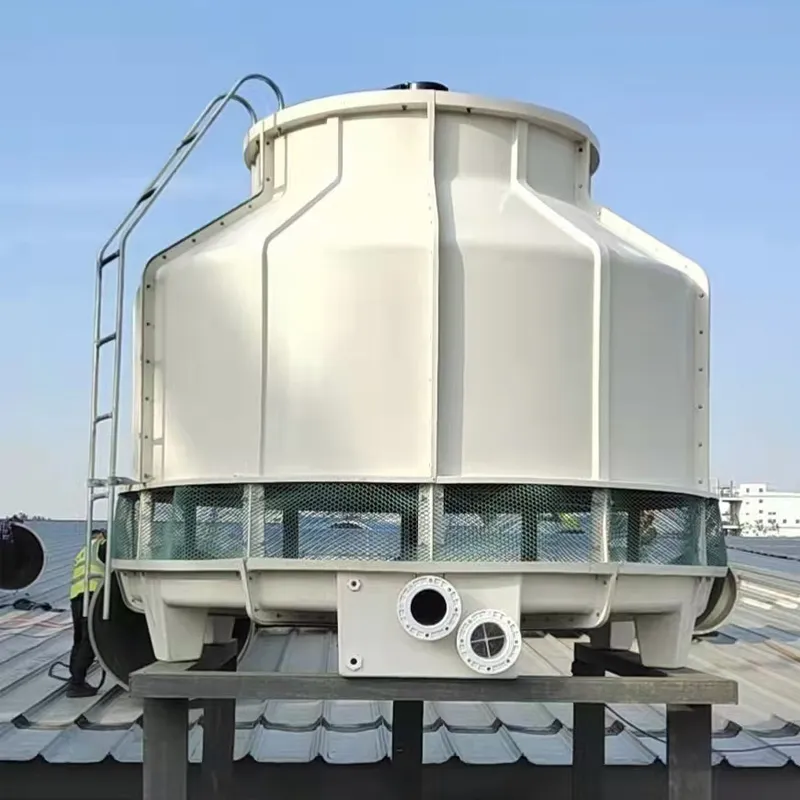
(frp grating)
FAQS on frp grating
Q: What is FRP grating?
A: FRP grating stands for Fiber Reinforced Plastic grating, a strong, lightweight alternative to traditional metal grating. It's corrosion-resistant and used in various industrial settings. Its durability and low maintenance make it highly sought after.Q: How much does FRP grating cost?
A: FRP grating cost varies based on size, thickness, and load requirements. On average, prices can range from $20 to $40 per square foot. For exact pricing, contact your local FRP grating supplier.Q: Where can I find a reliable FRP grating supplier?
A: You can find reliable FRP grating suppliers online or through local industrial materials distributors. Look for suppliers with good reviews and industry certifications. Comparing multiple suppliers ensures you get the best quality and price.Q: What factors affect the FRP grating cost per square foot?
A: FRP grating cost per square foot depends on resin type, panel size, mesh style, and load rating. Custom requirements may also impact the final price. Always request a detailed quote from suppliers.Q: Why choose FRP grating over steel grating?
A: FRP grating is corrosion-resistant, lightweight, and non-conductive compared to steel grating. It requires less maintenance, reducing overall costs. These benefits make it ideal for harsh and chemical-prone environments.




Address
20 Xingyuan South Street, Zaoqiang County, Hengshui City, Hebei Province, China









